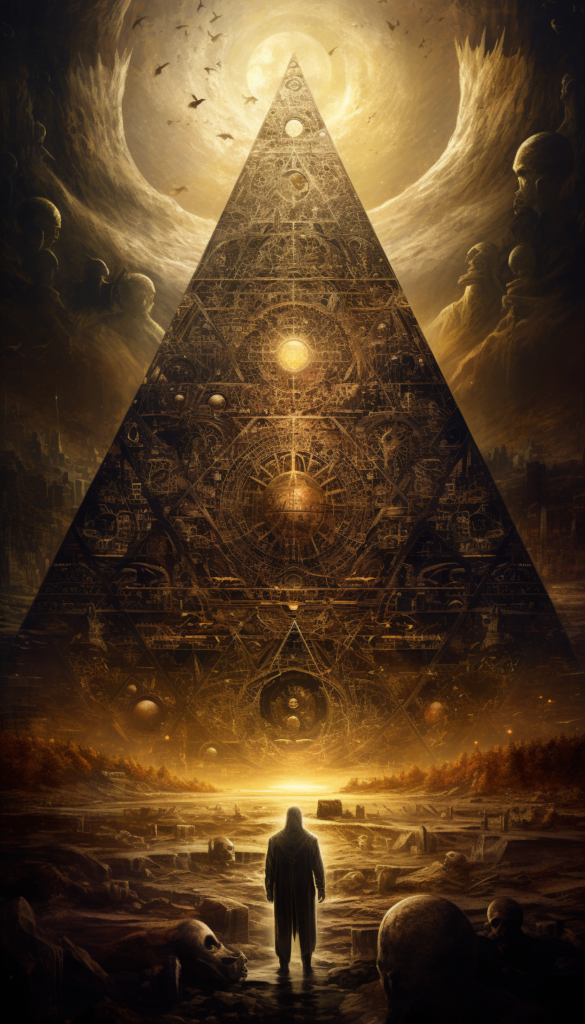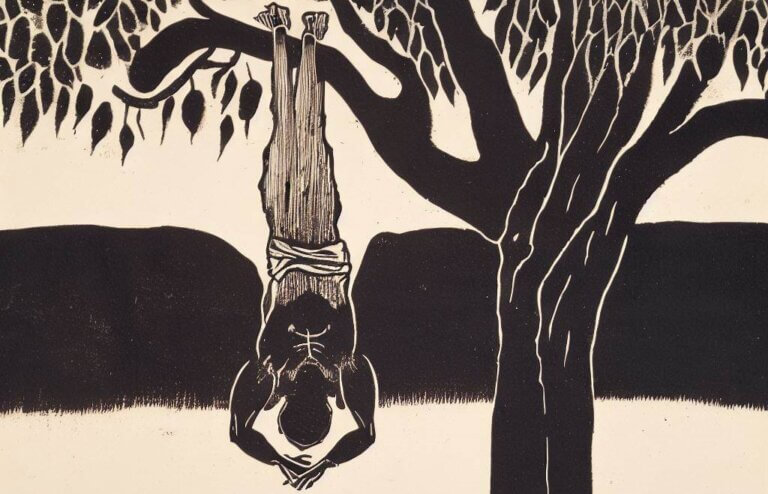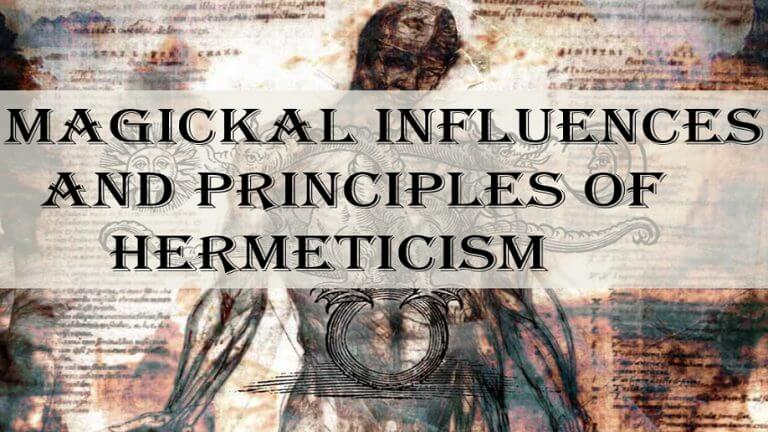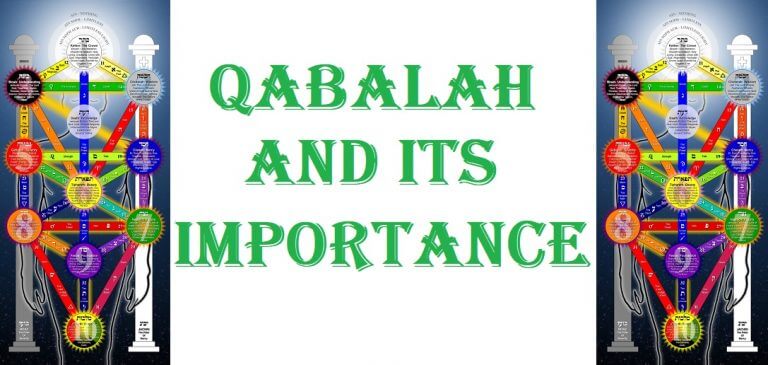Aleister Crowley’s Magnum Opus: The Mystical Brilliance of “777”
Aleister Crowley, the renowned occultist and philosopher, left an indelible mark on esoteric literature with his remarkable work, “777 and Other Qabalistic Writings of Aleister Crowley.” Published in 1909, this seminal text, often referred to simply as “777,” remains a definitive resource for students of mysticism, magick, and the Qabalah. In this comprehensive article, we delve deep into the enchanting world of “777,” exploring its origins, structure, and the profound impact it has had on Western occultism. We also examine several examples to highlight the richness and significance of this enduring masterpiece.
Origins and Significance of “777”:
- Aleister Crowley’s “777” serves as a comprehensive reference guide to the correspondences and symbolism found in Western occultism, particularly the Qabalah.
- The title “777” refers to the sevenfold system of organization present throughout the book, highlighting the interconnectedness of various mystical concepts and practices.
- This work is a culmination of Crowley’s extensive studies, drawing upon ancient wisdom, Hermetic principles, and his own visionary insights.

The Structure of “777”:
- “777” is divided into seven main sections, each dedicated to a different aspect of occult knowledge and symbolism.
- These sections include: “Axiomata,” “Sepher Sephiroth,” “The Qabalah of Aleister Crowley,” “Gematria,” “The Qliphoth,” “The Golden Dawn,” and “The Graal.“
- Each section is further divided into numbered subheadings, presenting an intricate web of interconnected correspondences, from astrological and elemental associations to tarot and Hebrew letter connections.
Exploring the Sections of “777”: 3.1 Axiomata:
- In this section, Crowley presents fundamental axioms and principles of magick, providing a solid foundation for further exploration.
- Examples include the Law of Thelema, the concept of True Will, and the notion of magical correspondences.
Sepher Sephiroth:
- This section focuses on the Tree of Life and its corresponding Sephiroth, offering a detailed analysis of each sphere and its attributes.
- Crowley delves into the correspondences of the numbers, planets, colors, and elements associated with each Sephirah.
The Qabalah of Aleister Crowley:
- Here, Crowley presents his unique interpretation of the Qabalah, integrating Thelemic concepts and emphasizing the importance of self-realization.
- He explores the paths on the Tree of Life, providing insights into their symbolic meanings and transformative potential.
Gematria:
- Crowley unveils the ancient practice of Gematria, a method of assigning numerical values to words and phrases, revealing hidden connections and esoteric insights.
- Examples of Gematria in “777” include the exploration of the value and significance of words like “Thelema” and “Abracadabra.”
The Qliphoth:
- This section delves into the realm of the Qliphoth, often referred to as the dark or shadow side of the Tree of Life.
- Crowley explores the sinister aspects of each sphere, delving into the symbolism and potential dangers associated with these realms.
The Golden Dawn:
- Crowley’s involvement with the Hermetic Order of the Golden Dawn greatly influenced his work, and this section reflects that influence.
- He examines the various grades and rituals within the Golden Dawn, providing a glimpse into the inner workings of this influential occult society.
The Graal:
- In the final section of “777,” Crowley explores the symbolism and mystical significance of the Holy Graal, drawing from Arthurian legends and occult traditions.
- He presents his unique interpretation of the Graal, linking it to the concept of spiritual attainment and the pursuit of the True Will.

Examples Highlighting the Brilliance of “777”:
Example 1: The Correspondences of the Sephiroth:
- Crowley meticulously provides correspondences for each Sephirah on the Tree of Life, including planetary, astrological, and elemental associations.
- For instance, he associates the first Sephirah, Kether, with the planet Neptune, the astrological sign of Aries, and the element of Fire, among other attributions.
Example 2: Gematria and the Word “Thelema”:
- Crowley assigns the value of 93 to the word “Thelema” in Gematria, emphasizing its significance in Thelemic philosophy.
- The number 93 represents the union of the divine and human, reflecting the core principle of Thelema, “Do what thou wilt shall be the whole of the Law.”
Example 3: The Path of Tav and The Universe:
- Crowley examines the path of Tav on the Tree of Life, connecting it to the final Tarot card, The Universe (Key 21).
- Through this correspondence, he explores the symbolism of completion, cosmic harmony, and the manifestation of Will.
Conclusion:
Aleister Crowley’s “777” stands as a timeless masterpiece in the realm of occult literature. Its intricate web of correspondences, insightful interpretations, and unique blend of ancient wisdom and Thelemic philosophy continue to inspire and captivate seekers of mystical knowledge. Through the examples explored in this article, we have only scratched the surface of the vast treasure trove that is “777.” To fully appreciate its brilliance, one must embark on a personal journey through its pages, allowing the profound symbolism and wisdom contained within to unfold and illuminate the path of spiritual exploration.







